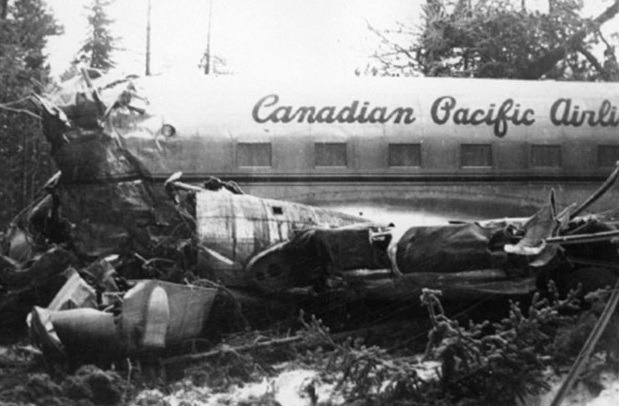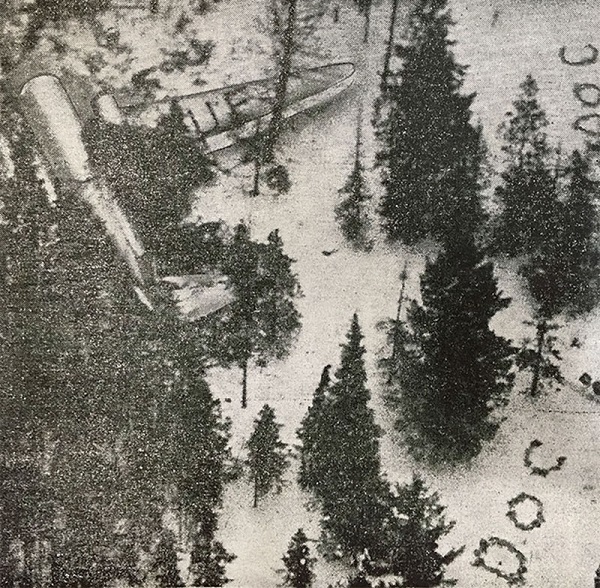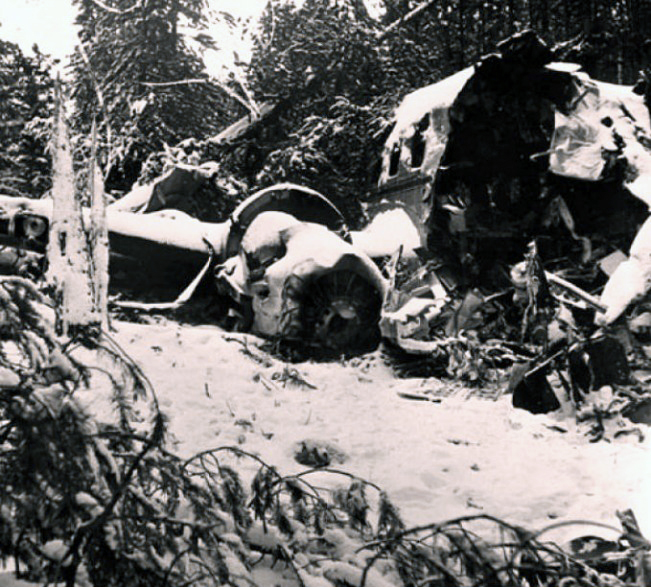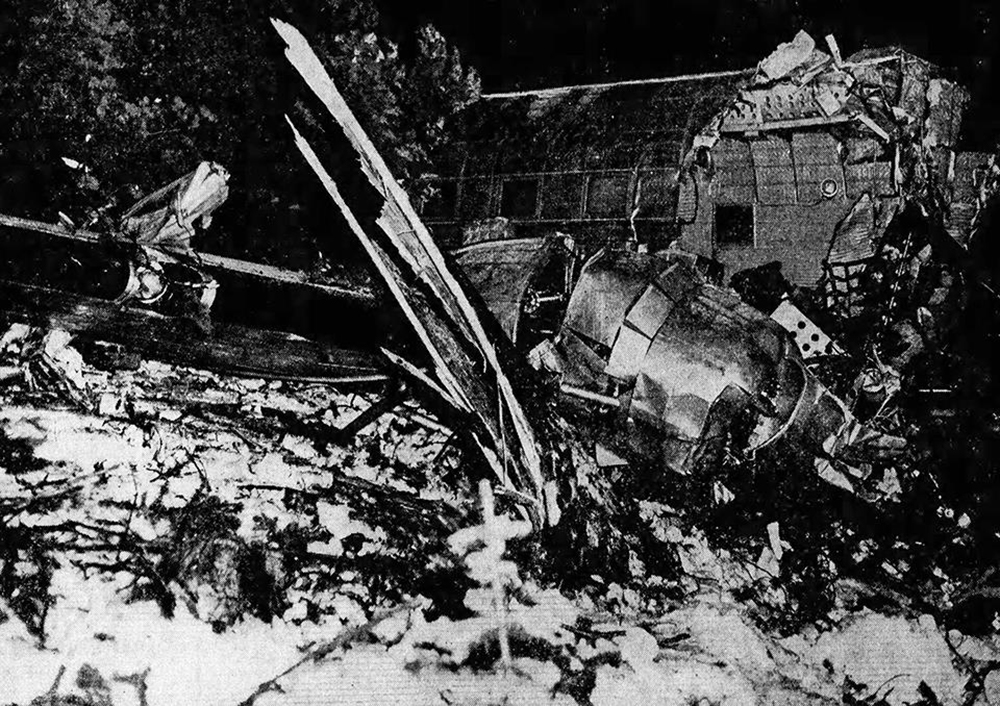Crash of a De Havilland DHC-2 Beaver near Stevens Pass: 7 killed
Date & Time:
Oct 1, 1977 at 1400 LT
Registration:
N64391
Survivors:
No
Schedule:
Kenmore – Lake Hatheume – Penticton
MSN:
1145
YOM:
1958
Crew on board:
1
Crew fatalities:
Pax on board:
6
Pax fatalities:
Other fatalities:
Total fatalities:
7
Captain / Total hours on type:
799.00
Circumstances:
While flying at low altitude over mountainous terrain, the pilot entered a canyon and was approaching a mountain pass when he elected to gain height. Unable to outclimb the rising terrain, the single engine airplane struck trees and crashed in a wooded area located near Stevens Pass, in the Cascade Mountain Range. The wreckage was found few hours later and all seven occupants were killed.
Probable cause:
Collision with trees due to improper in-flight decisions on part of the pilot. The following contributing factors were reported:
- Unwarranted low flying,
- Misjudged distance, speed and altitude,
- Inadequate preflight preparation,
- Improperly loaded aircraft, weight and CofG.,
- High obstructions,
- Exceeded gross weight and aft CofG.
- Unwarranted low flying,
- Misjudged distance, speed and altitude,
- Inadequate preflight preparation,
- Improperly loaded aircraft, weight and CofG.,
- High obstructions,
- Exceeded gross weight and aft CofG.
Final Report:







